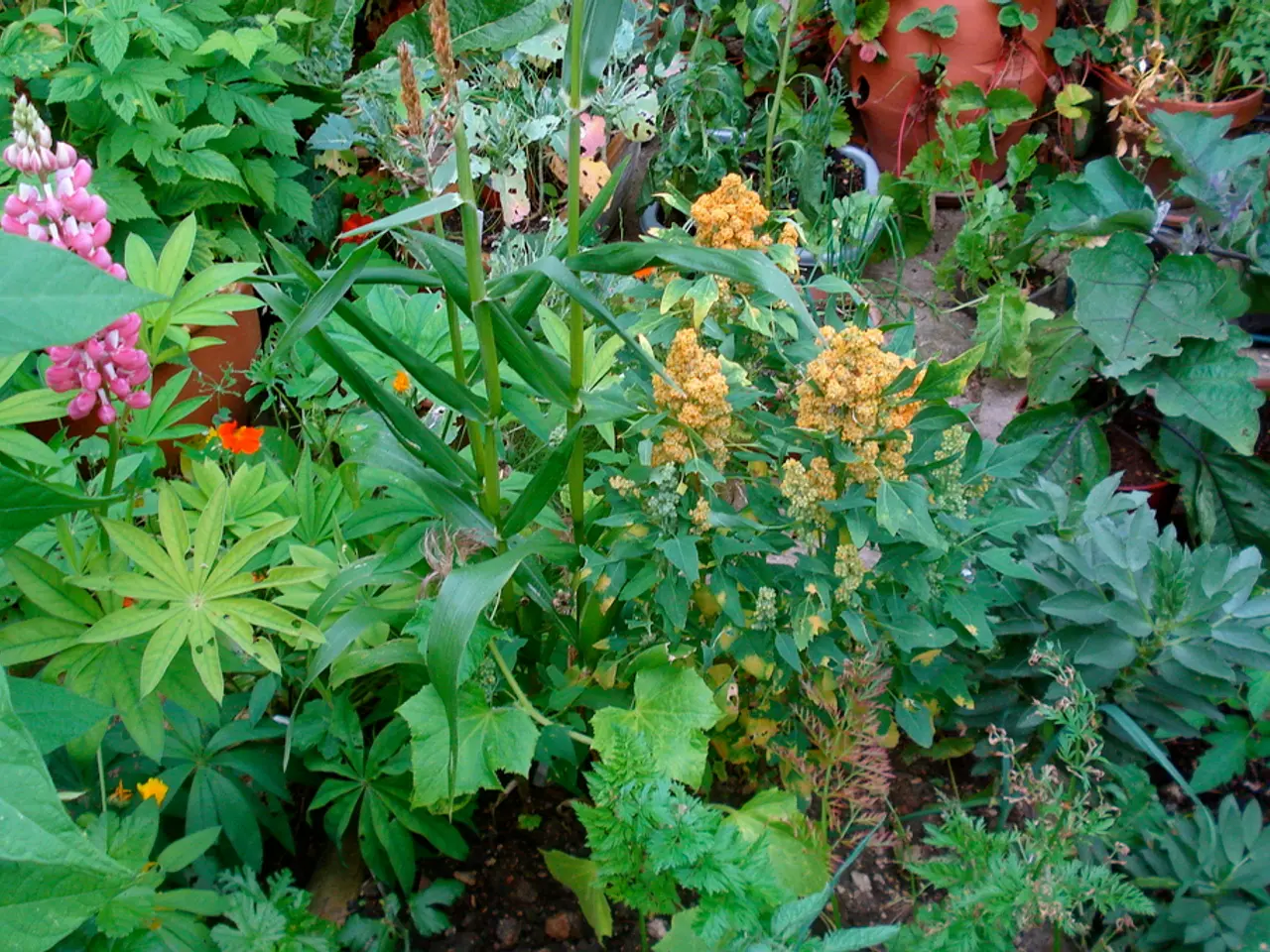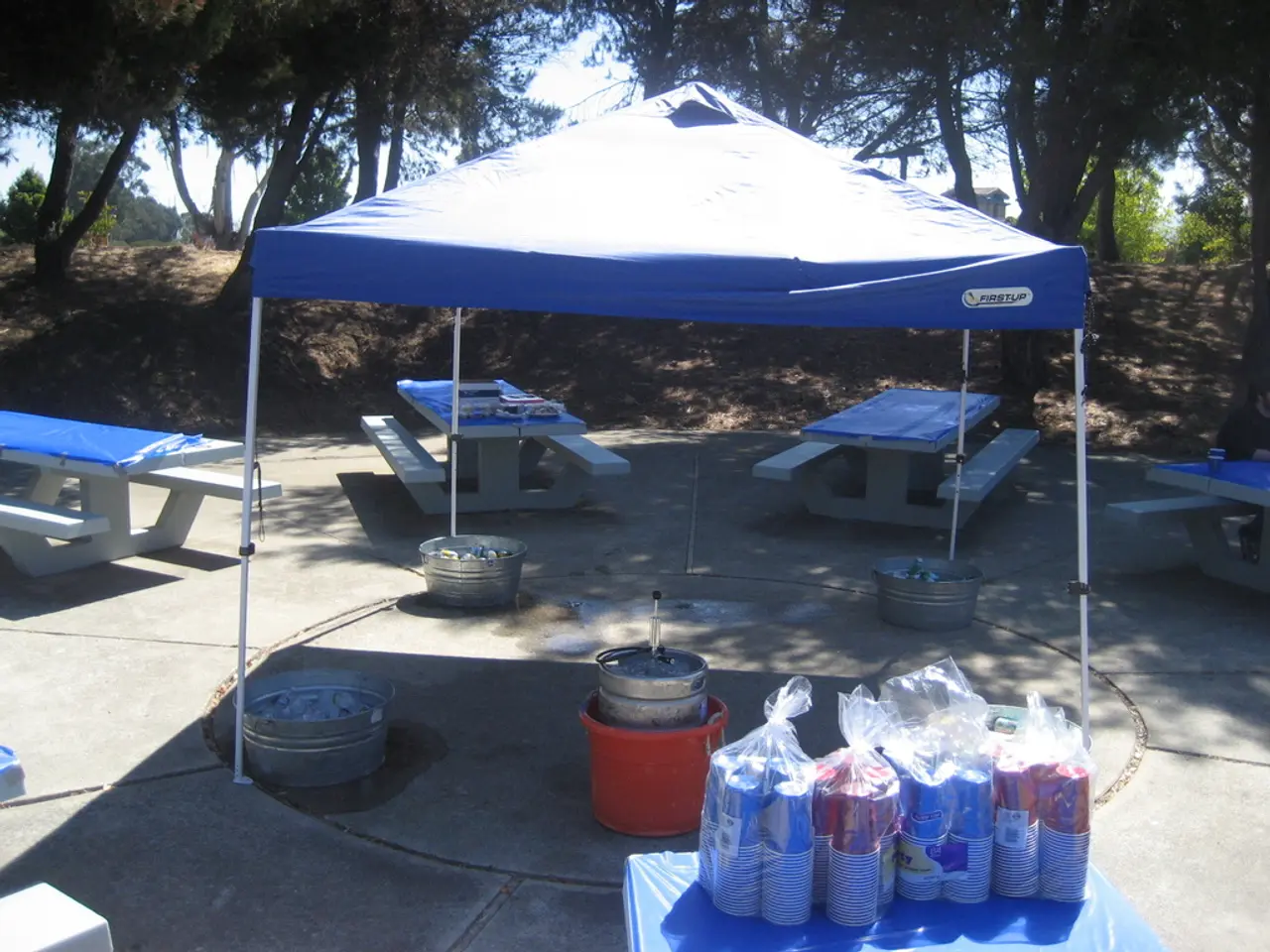Preparing for a Green Thumb Project: Vegetable Garden Design
For those embarking on a vegetable gardening journey, planning can seem daunting. However, with a few straightforward steps, even non-planners can create a thriving garden. Here's a guide to help you get started:
Choose the Right Location
Select a spot that receives at least 6-8 hours of direct sunlight daily and has good drainage and easy water access. Convenience encourages regular care.
Plan a Simple Layout
Start with manageable spaces like raised beds or containers, which are easier to control and productive in limited areas. Position taller plants (e.g., tomatoes) on the north or west edges so they don’t shade shorter plants. Use companion planting to improve growth and reduce pests, such as placing basil near tomatoes.
Draw Your Garden Design
Sketch a simple plan on paper before planting. This helps organize plant placement, spacing, and crop diversity, preventing large areas of a single crop that can attract pests.
Use a Mix of Crops
Combine longer-term vegetables (cabbage, broccoli) with fast-growing, cut-and-come-again types (salad mixes, radishes) for continual harvests and to maximize space.
Prepare the Soil Properly
Remove weeds, loosen the soil with a shovel or cultivator, and amend it with compost for better fertility. While testing soil pH can improve results, it's optional—even simple preparation goes a long way.
Maintain Regular Watering and Mulching
This supports plant health and reduces weeds.
Additional Practical Hints
- Label plants to avoid confusion.
- Consider garden templates or simple pre-designed plans (like 4x8 ft raised bed layouts) to reduce decision-making and help visualize the garden.
- Stagger planting times for year-round productivity without complex scheduling.
These steps require minimal prior expertise and allow gradual learning while producing a rewarding vegetable garden.
Additional Resources
There are various resources available for transplanting tomato plants, hardening off seedlings, transplanting seedlings, soaking or sprouting seeds, northern vegetable garden planting schedule, starting vegetable seeds indoors, when and how to start tomato seeds indoors, winter sowing seeds in a cold climate (Zone 3), spring indoor seed-starting schedule, organizing and storing seeds.
Consider Companion Planting
Companion planting can be considered while planning to get better results, but the advice may vary among experts.
[1] Garden My Way
[2] Gardening Know How
[3] The Spruce
[4] The Old Farmer's Almanac
[5] Garden Planner
- In a cold climate, consider using the no-till method in your garden for improved soil health and reduced weeds.
- For a successful garden, ensure you provide your soil with rich compost, which is essential for supporting plant growth.
- To create a family-friendly lifestyle at home, consider transforming a greenhouse into a space for gardening and growing your own seeds.
- Choose to incorporate a variety of crops in your garden design, such as cabbage, broccoli, salad mixes, and radishes, to ensure a diverse and thriving garden.
- To make the most out of your garden, consider using raised beds or containers for easy management and productivity in limited spaces.
- In your garden plan, strategically position taller plants like tomatoes on the north or west edges to avoid shading shorter plants and improve overall growth.




